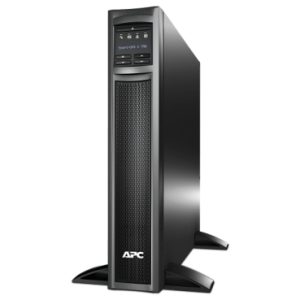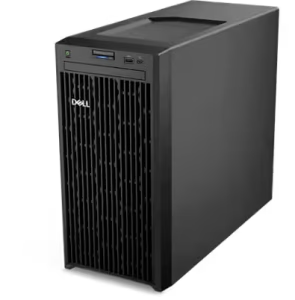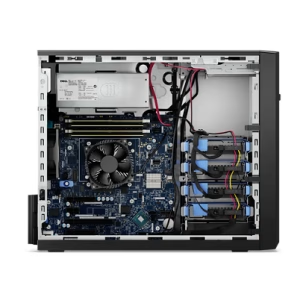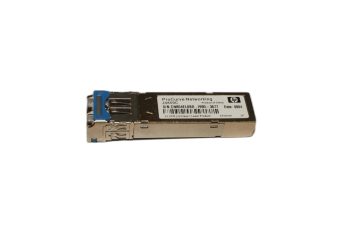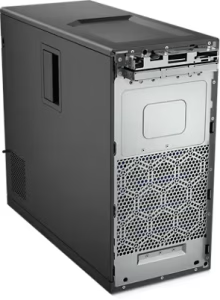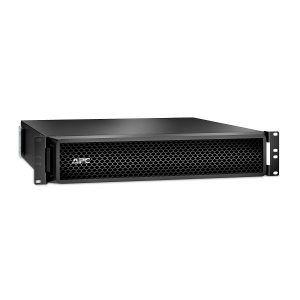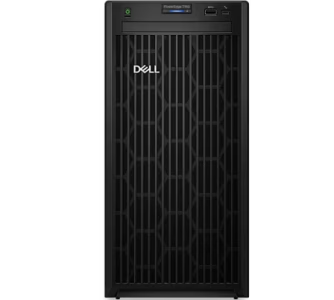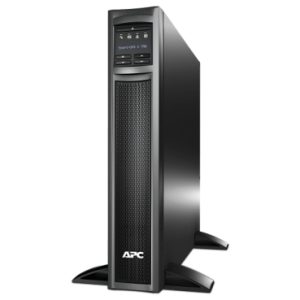server part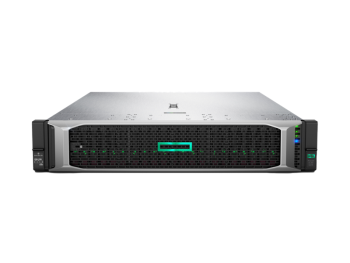 s deal
s deal
Ever shopped for server parts and felt like you needed a PhD just to understand what you’re buying? You’re not alone. We’ve seen IT managers with 20+ years of experience still second-guessing their server parts deals because the options seem endless and the technical jargon is… well, technical.
Truth bomb: most businesses overpay for server hardware by 30-40%. Not because they’re careless, but because finding genuine value requires insider knowledge.
Whether you’re building from scratch or upgrading existing infrastructure, knowing where to find quality server parts deals can literally save your department thousands. We’ve done the heavy lifting for you.
But before you click that “buy now” button, there’s one critical mistake even seasoned pros make that could void your warranty and leave you holding very expensive paperweights…
Understanding Server Components: What You Need to Know
A. Essential Server Parts Explained for Beginners
Ever tried to understand server hardware but got lost in the jargon? I get it. Servers aren’t just beefed-up computers—they’re specialized machines with specific components.
First up, the processor (CPU). This is your server’s brain. Unlike your laptop, servers often pack multiple CPUs with many cores to handle tons of requests simultaneously.
RAM is your server’s short-term memory. More RAM means more applications running at once without slowdowns. Server-grade RAM includes ECC (Error-Correcting Code) memory that catches and fixes data errors on the fly.
server parts deal
Storage drives come in several flavors:
- HDDs: Cheaper but slower
- SSDs: Faster but pricier
- NVMe: Lightning-fast for critical applications
The motherboard ties everything together and determines what components you can use. Server motherboards have features like redundant power connections and remote management capabilities.
Network Interface Cards (NICs) are your server’s communication channels. Many servers include multiple NICs for redundancy and bandwidth distribution.
Power Supply Units need to be rock-solid. Server-grade PSUs often come with redundancy options—if one fails, another takes over without missing a beat.
RAID controllers manage how your storage drives work together, offering speed improvements or protection against drive failures.
server parts deal
B. How to Identify Quality Components
Not all server parts are created equal. The difference between consumer-grade and enterprise-level components isn’t just price—it’s reliability.
Look at the warranty first. Quality server components typically come with 3-5 year warranties, sometimes even longer. Manufacturers back what they believe in.
Brand reputation matters. Companies like Intel, AMD, Samsung, and Seagate have proven track records in the server market. That doesn’t mean lesser-known brands can’t deliver, but research becomes more important.
Check for certifications. Quality components undergo rigorous testing and carry certifications like:
- 80 Plus (for power supplies)
- Enterprise-class ratings
- Compatibility certifications from major server manufacturers
Heat tolerance is crucial. Server components should handle 24/7 operation in warm environments without failure. Look for components with extended temperature ranges.
For storage, don’t just look at capacity—check MTBF (Mean Time Between Failures) ratings. Enterprise drives often boast millions of hours between failures.
C. Compatibility Considerations When Purchasing Parts
Buying server parts isn’t like grabbing components for your gaming PC. Compatibility issues can turn your server build into an expensive paperweight.
Start with the motherboard. It dictates what CPUs, RAM types, and expansion cards you can use. Server motherboards often support specific generations of processors and memory types.
Memory compatibility gets tricky. Servers may require:
- Registered vs. unbuffered RAM
- Specific speeds and timings
- Certain capacities per slot
CPU socket types must match your motherboard exactly. A “close enough” approach doesn’t work here.
Form factors matter too. Server components come in standardized sizes like:
- 1U, 2U, 4U for rackmount servers
- LFF vs SFF for storage drives
- HHHL, FHFL for expansion cards
When mixing old and new components, check the firmware compatibility. Older firmware might not recognize newer components without updates.
Always consult compatibility matrices from manufacturers. They spend millions testing component combinations so you don’t have to learn the hard way.
D. New vs. Refurbished: Making the Right Choice
The sticker shock of new server equipment has many businesses looking at refurbished options. But is it worth the risk?
Refurbished doesn’t mean “used and abused.” Often, these components have been:
- Returned during warranty period with minor or no issues
- Removed from decommissioned data centers
- Professionally tested, cleaned, and recertified
hen buying refurbished, look for:
- Warranties (at least 90 days, ideally 1 year)
- Testing certification
- Remaining component lifespan (especially for SSDs)
New equipment makes sense for mission-critical systems where downtime costs more than the hardware. Refurbished works well for testing environments, backup systems, or when budget constraints are severe.
The sweet spot? Many organizations mix new and refurbished—new for critical components like motherboards and refurbished for easily replaceable parts like memory and some storage.
Finding the Best Server Deals Online
Cost-Saving Strategies for Server Upgrades
Avoiding Common Pitfalls When Purchasing Server Parts
Building Relationships with Server Parts Suppliers
Negotiating Better Pricing with Vendors
Getting the best deal on server parts isn’t just about finding the lowest advertised price. It’s about building leverage.
Start by doing your homework. Know exactly what market rates are for the components you need. When you walk into a negotiation armed with data, vendors can’t pull the wool over your eyes.
Buy in bulk whenever possible. Most suppliers offer tiered pricing, and the difference between ordering 10 units versus 50 can be substantial. If your immediate needs don’t justify bulk purchases, consider:
- Partnering with other businesses to place combined orders
- Committing to future purchases at agreed-upon prices
- Establishing minimum order quantities over time
Timing matters too. End-of-quarter purchases often yield better deals as sales reps scramble to hit targets. And don’t shy away from asking directly: “Is this the best you can do?” It’s surprising how often that simple question leads to improved offers.
server parts deal
Establishing Long-term Supplier Partnerships
One-off transactions won’t get you preferential treatment. The real magic happens when suppliers see you as a partner, not just another invoice.
Share your growth roadmap with key vendors. When they understand your trajectory, they’re more likely to offer favorable terms knowing bigger orders lie ahead.
Consistency matters more than you might think. Suppliers value predictable revenue streams and will often reward reliable customers with:
- Priority allocation during component shortages
- Early access to new product releases
- Dedicated account representatives
- Extended payment terms
Communication is your secret weapon here. Don’t just reach out when placing orders. Regular check-ins build the relationship and keep you top of mind.
Leveraging Vendor Expertise for Complex Builds
Your suppliers know their products better than anyone. Tap into that knowledge!
Most server part vendors employ technical specialists who can provide invaluable guidance on compatibility issues, performance bottlenecks, and optimal configurations. This expertise can save you countless hours of research and prevent costly mistakes.
Before finalizing complex server builds, schedule technical consultations with your suppliers. Come prepared with specific questions about:
- Component interoperability
- Thermal management considerations
- Power consumption expectations
- Upgrade pathways
Some vendors even offer pre-assembly services or custom configuration assistance. These value-adds might not appear on price sheets but can dramatically reduce your deployment time and technical headaches.
server parts deal
Smart businesses treat suppliers as extensions of their own team. Include them in planning discussions for major infrastructure projects. Their insider knowledge about upcoming product releases might influence your timing decisions in ways that save substantial money.
Navigating the world of server components requires both technical knowledge and smart purchasing strategies. By understanding essential server parts, researching reputable online marketplaces, and implementing cost-saving approaches like refurbished equipment or bundle pricing, you can significantly reduce your infrastructure expenses. Avoiding counterfeit parts, compatibility issues, and overlooking warranty terms will protect your investment in the long run.
Developing strong relationships with reliable suppliers represents perhaps the most valuable long-term strategy for securing the best server parts deals. These partnerships can lead to preferential pricing, earlier access to new components, and valuable technical support. Whether you’re building a new server environment or upgrading existing infrastructure, applying these insights will help you maximize value while maintaining the performance and reliability your operations demand.

